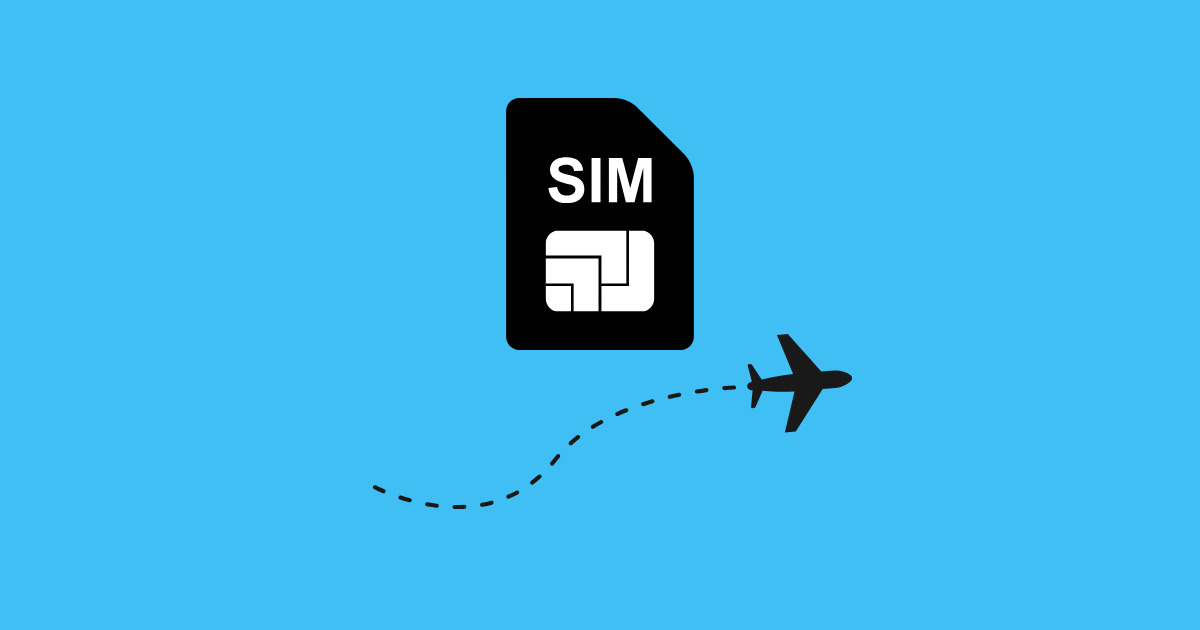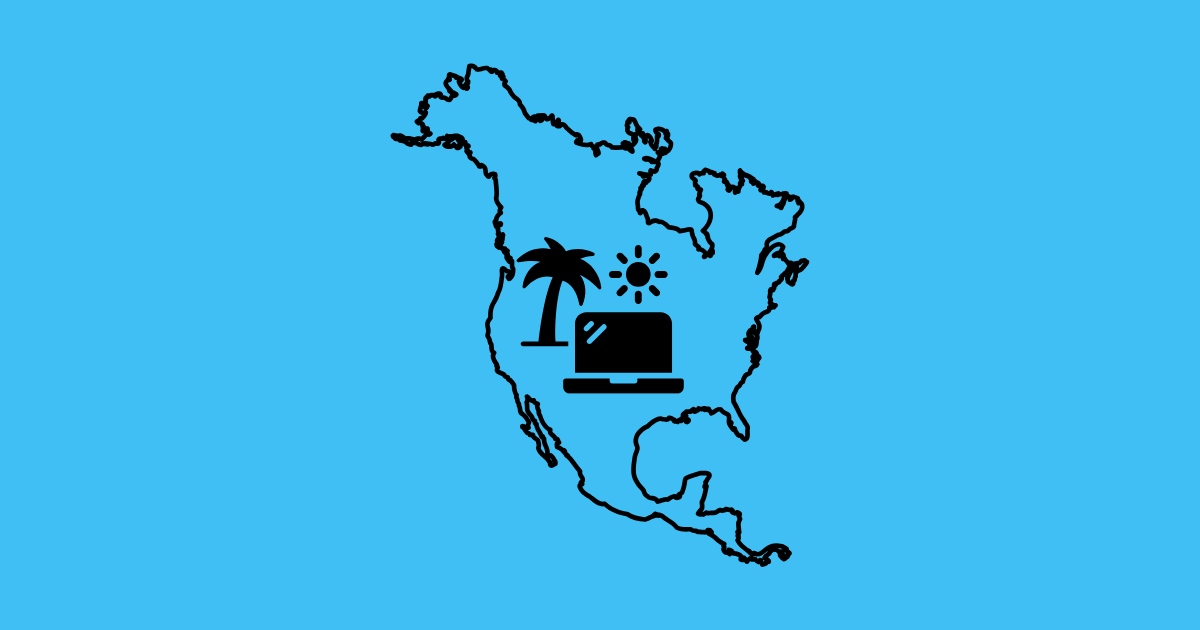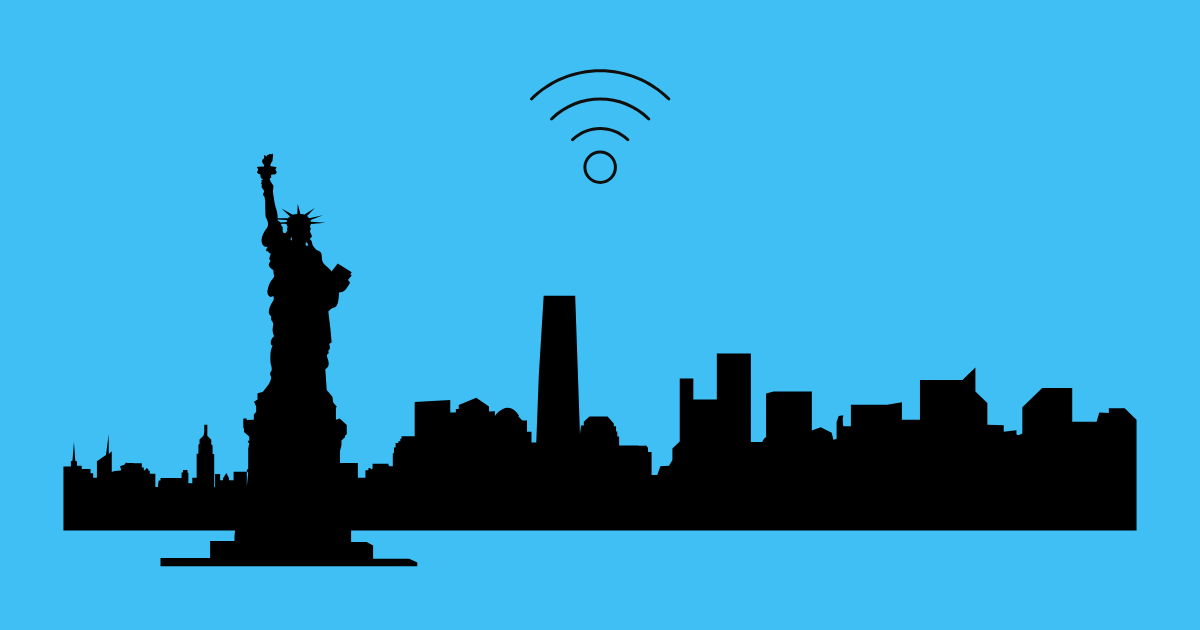6 Internet Solutions in Canada: The Guide

Travelling to Canada, the dream of many! And now it’s here! It’s your turn! You’ve prepared everything: your plane tickets, your itinerary, your accommodations… There’s just one small detail left: how do you get access to the Internet?
Because you clearly need it for :
- get around using your GPS,
- share your photos (with friends and family, on the drive or directly on your insta account),
- book an activity or restaurant,
- or simply keep using your favorite apps: WhatsApp, Strava, Slack, Messenger…
In short, your Internet connection is a priority for your trip. In fact, a study by HighSpeedInternet showed that 81% of travelers consider Internet access to be essential during their getaways!
1. Using an eSIM for Canada
eSIM is THE 3.0 solution. It offers many advantages, such as the fact that you don’t need to handle a tiny little card, or look for the key to insert the SIM in your (equally tiny!) drawer. Thanks to the SIM, you can connect instantly once you’ve purchased it. No need to wait for a physical card.
The key is to make sure your phone is compatible. You can find providers offering a fast, stable connection in our our detailed guide.
| Benefits | Disadvantages |
|---|---|
| Immediate activation without having to change your physical SIM card. | Compatible only with certain recent smartphones. |
| Available even before you arrive in Canada. | Does not usually include calls or SMS. |
| Options with unlimited data. | Prices sometimes higher than local SIM cards. |
| No risk of SIM card loss or theft. |

2. Buy a Canadian SIM Card
Second option: buy a SIM card when you arrive in Canada. This will enable you to benefit from good connections throughout the country. You’ll need a well-deployed carrier if you’re traveling in the Canadian Rockies, Jasper National Park or the Great Lakes region. The big drawback is clearly finding a store when you arrive.
| Benefits | Disadvantages |
|---|---|
| Prepaid options with no commitment. | Requires in-store purchase or delivery. |
| Lower rates than roaming. | Some SIM cards only work on unlocked phones. |
| Compatible with all unlocked phones. | Limited data plans. |
The 3 best Canadian carriers are : Bell, Rogers or Telus for optimum coverage.
3. Subscribe to a prepaid plan with an online carrier
Clearly THE solution for forward-thinking travelers. You can buy a sim card with the plan you want unlimited or not, adapted to the length of your stay (7, 14, 30 days or more), with a national number or not, etc. The most important thing to remember is the local carrier with whom the online carrier works: check the deployment of lines where you want to travel.
At SIM USA we offer T-Mobile network coverage at no extra charge, so you can choose a tour between Quebec City and New York without worrying about network loss or extra charges!
| Benefits | Disadvantages |
|---|---|
| Ideal for any length of stay. | Requires advance notice to recover SIM card before departure. |
| Lower rates than roaming over time. | The phone must be unlocked and compatible. |
| Access to plans with calls, SMS and data. | |
| Allows you to connect as soon as you arrive at the airport. |
4. Buy a SIM card for Tablet or Router
Are you using a tablet and want to be able to continue using it? Going on a group trip and want to use a router? Buying a dedicated card may be the right solution for you! You’ll find more and more offers with 5G (if your device supports it). This product only offers datas, but you can choose the duration of the plzn and sometimes the size of the datas. The key point to bear in mind: this is an anticipatory purchase. You need to check that your device will be compatible with the chosen offer (especially for hotspots).
| Benefits | Disadvantages |
|---|---|
| Connection sharing with multiple devices. | Costly long-term rental. |
| Good 4G LTE and even 5G coverage. | Does not work with all devices. |

5. Using public WiFi hotspots
For the more adventurous or those who want to stay in town, there are plenty of places with free wifi! Cafés, hotels, fast-food chains, airports or even libraries and tourist attractions… You’re bound to find places to connect. It’s a good idea if you don’t want to make phone calls, if you don’t need a connected GPS (you may have an up-to-date one in your rental car) or if this trip is just the thing to disconnect during your vacation!
| Benefits | Disadvantages |
|---|---|
| Free in many locations (cafés, hotels, airports, libraries). | Connection often slow and unstable. |
| Ideal for occasional use. | Cybersecurity risks (personal data vulnerable to hacking). |
| Dependence on hotspot availability. |
Recommendation: Use a VPN to secure your connection and limit use to non-sensitive tasks.
6. Activate Roaming on your Mobile plan
The simplest, the fastest, but usually… the most expensive. The roaming data is a bit like playing Russian roulette: you either win, or you lose. And often, you lose anyway, because unless you’re a very frequent traveller between Europe and North America, there’s a good chance you won’t have a suitable plan.
| Benefits | Disadvantages |
|---|---|
| Easy to use, no installation required. | Very high roaming charges. |
| Direct access to your usual number. | Carrier-imposed data limits. |
| Risk of exorbitant bills. |
Which solution is right for you?
| Need/Duration | Best Solution |
|---|---|
| Short stay (1 to 2 weeks) | eSIM or prepaid SIM card |
| Group travel | Portable WiFi box |
| Limited budget | Public WiFi hotspots |
| Long-stay/expatriation | Canadian mobile plan or prepaid SIM card |
| Occasional use | Roaming or international pass |
Whether you’re traveling to Canada for a few days or several months, there’s a solution to help you stay connected.
Remember to compare offers and check the compatibility of your device before making your choice!





